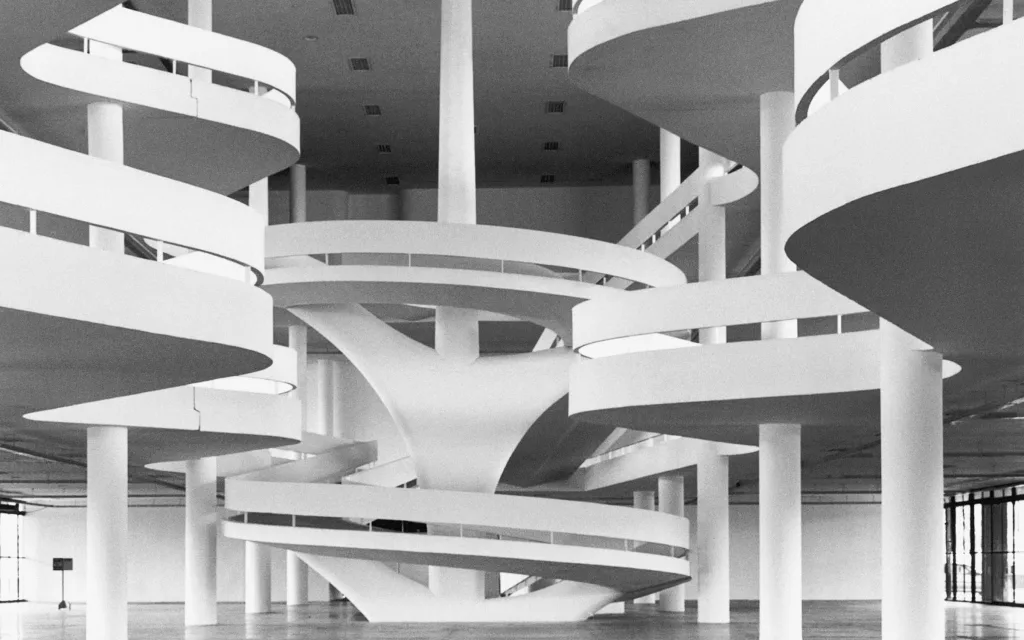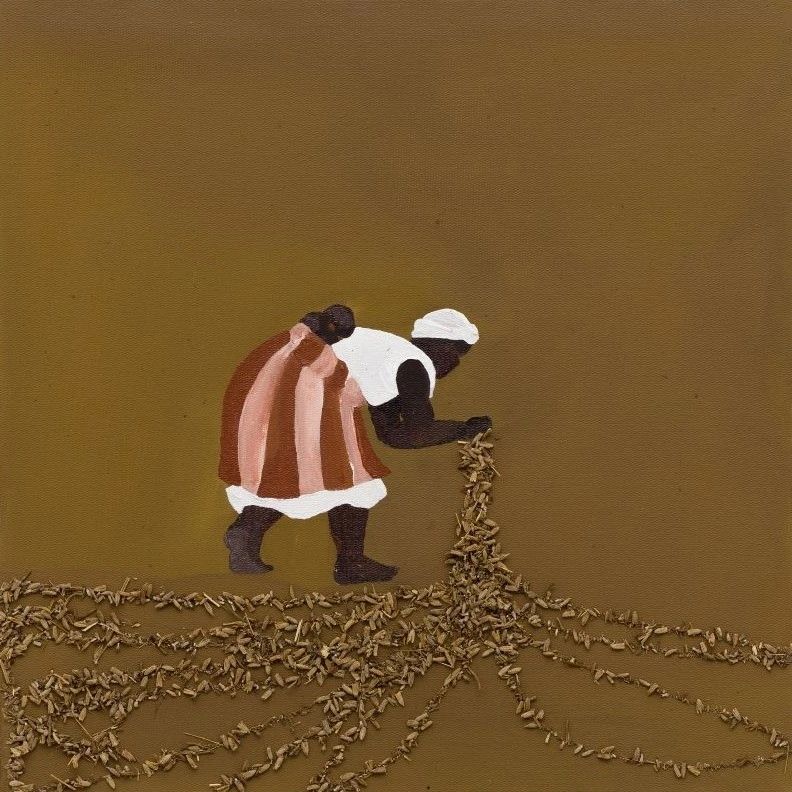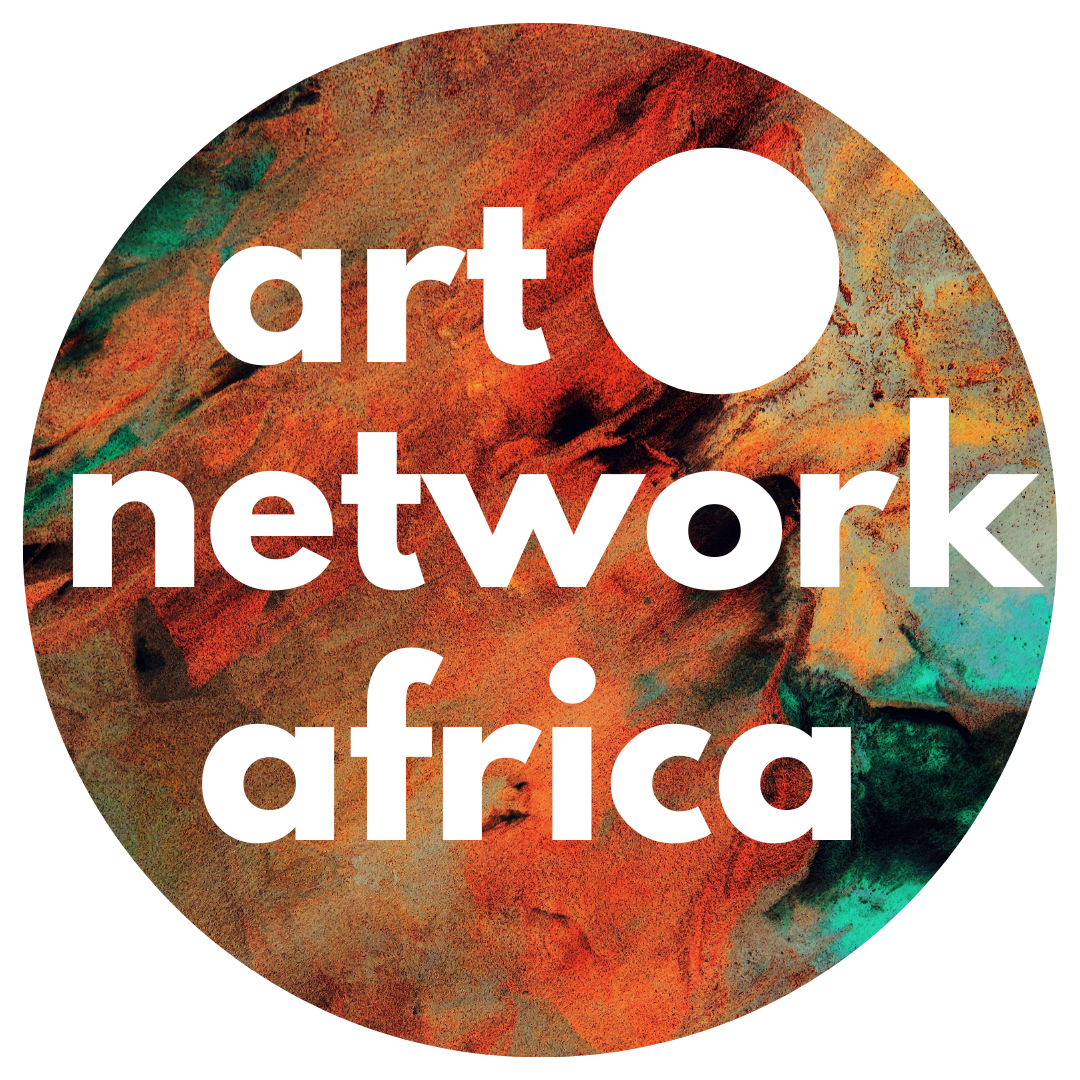The 35th Bienal de São Paulo, Choreographies of the Impossible, marks a historic milestone as it arrives on the African continent for the first time, hosted in Luanda, Angola.

Organized by the Fundação Bienal de São Paulo in partnership with the Instituto Guimarães Rosa, this exhibition represents a concerted effort to forge a deeper cultural dialogue between Brazil and Angola, nations shaped by a shared colonial past.
Curated by an esteemed team, including Diane Lima, Grada Kilomba, Hélio Menezes, and Manuel Borja-Villel, the exhibition showcases the work of nine diverse artists: Aline Motta, Bouchra Ouizguen, Carlos Bunga, Ilze Wolff, Januário Jano, Nontsikelelo Mutiti, Raquel Lima, Sarah Maldoror, and also Trinh T. Minh-ha. Their contributions provide multifaceted perspectives that reflect the cultural and historical complexities of the Americas, Europe, and Africa.

This Bienal is particularly significant, coinciding with Angola’s approach to its 50th anniversary of independence. The exhibition invites visitors to confront both the traumas of colonial violence and the shared histories that unite these two nations. Grada Kilomba, a co-curator and acclaimed artist, states,
“We aim to engage with strategies of survival within the impossible, to not only rethink history but to revise it.” This vision highlights the exhibition’s commitment to transcending oppressive narratives and fostering collective healing.

Furthermore, the Bienal emphasizes the importance of amplifying underrepresented voices. Co-curator Hélio Menezes notes, “We are focusing on non-Western conceptions of art and identity,” showcasing the contributions of artists from Africa, Latin America, and Asia.

In redefining art’s role in addressing memory, identity, and resistance, the 35th Bienal de São Paulo further positions Brazil and Angola as central figures in an ongoing dialogue about historical justice. As it unfolds in Luanda, this landmark exhibition stands as a testament to the power of art to bridge cultures and reclaim shared legacies. It is on exhibit in Luanda, the capital of Angola, until December 2024 after traveling to towns in Brazil, Argentina, and Bolivia.


